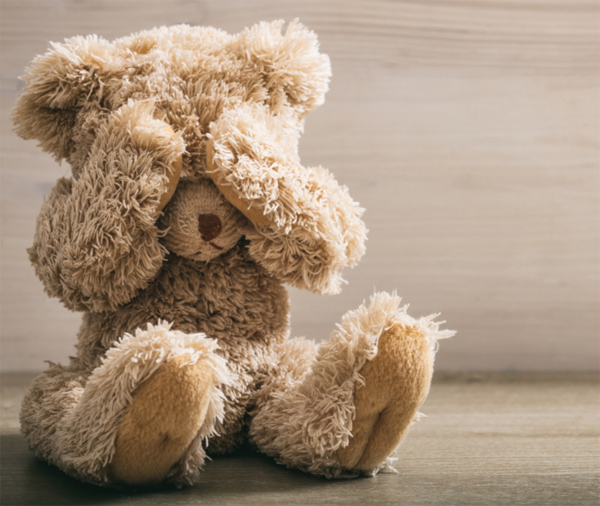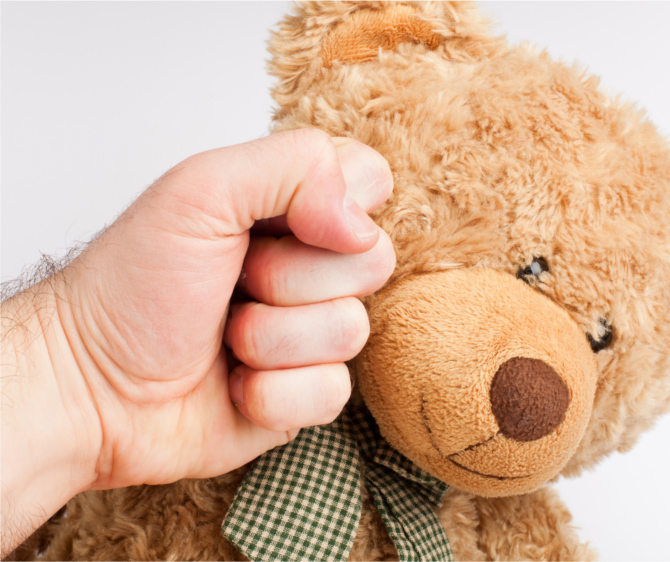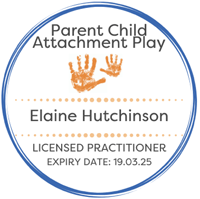When a child or young person is having a hard time, often they don’t have the words to explain how they feel, or don’t believe (for many reasons) that they can share their experiences.
As a parent, care-giver or educator, you might be worried about a child or young person that you know. You could be faced with a child or young person who is presenting with challenging/disruptive behaviours, risky behaviours, being far more withdrawn than previously or you may be thinking about an ASD or ODD diagnosis, because there are many cross overs between symptoms for ASD and ODD and post trauma behaviours.
TraumaPlay can support children, young people, their families and others who care for them in managing the whole spectrum of traumatic experiences. Read on below to find out more about how trauma can affect children and young people and how as a child and adolescent therapist, I can support you in helping a child or young person that you know.
Trauma affects 9 or 10 children in the average school class
Research from King’s College London in 2019 suggested that 31% of children and young people have had a traumatic experience in childhood with one in thirteen of children or young people experiencing PTSD (post-traumatic stress disorder) before the age of 18.
Researchers found that children and young people who have been exposed to trauma were twice as likely as their peers to have a range of mental health disorders with three in four having an additional mental health condition at 18. Self-harm is a significant risk for these young people, with half having self-harmed and 1 in 5 attempting suicide from the age 12 on.
With the COVID-19 pandemic of 2020 being classified as an adverse childhood experience (or ACE) impacting all of us around the world, and likely to continue for a long time to come, parents, carers and those who support children and young people are seeing a huge increase in the level of support needed for many as they struggle with anxiety, worries about leaving family, school refusal, concerns about family or friends who may be ill, bereavement and many other losses.
For many traumatised children, the psychological impact of trauma includes feelings of helplessness, vulnerability, loss of safety and loss of control.
The physical effects of trauma

The physical effects of trauma for a child often include psychosomatic illnesses, where they are complaining consistently of physical complaints including: headaches, stomach-aches, dizziness and shortness of breath. When a medical investigation fails to discover a cause, it is worth considering if this is possibly their body’s way of outwardly showing the post-traumatic stress that it is holding.
Sometimes it can be really hard to determine the root cause of the problem – a stomach-ache or sickness when travelling could be put down to travel sickness (which it may well be) but it is also possible that when at a loose end in the back of the car, the child’s mind wonders to worries and their fears are having a physical effect on their body.
Some children who have experienced trauma find themselves hyper-aroused, constantly checking their environment for triggers (which take them in a flash-back to the original trauma) and feeling unsafe for much of the time. Depending when the trauma happened for them, they may be unaware of their own triggers and the environment or the people around them may inadvertently trigger their fear response.

Often these children frequently become dis-regulated because they are living in such a high level of anxiety and fear that it doesn’t need much to ‘flood’ them. Those around them often see a child showing excessive energy, aggressive outbursts or extreme rages, but often they are also experiencing nightmares, flashbacks or intrusive thoughts.
Other children become hypo-aroused as a trauma response, struggling with excessive fatigue and disinterest in things that previously delighted them. Physical symptoms to trauma also include weight gain or loss, an increased flinch reaction, hypersensitivity to touch and decreased sensitivity to pain compared to their peers.
The behavioural effects of trauma
For a child that has experienced trauma, sleep disturbances often occur, with nightmares and night terrors. Hypervigilance and the need to be constantly on the alert leads to further exhaustion which make the child much more prone to irritability than previously noted.
Sometimes children become increasingly reliant on their parents, carers or other significant adults, making separation hard, which is often, in turn, seen wrongly as school refusal. This increased reliance is often caught up with avoidance of people, places or things which remind the child of the trauma.
Increased risk-taking behaviours are seen in some children too. Often children who have experienced longer term trauma, as opposed to a one-off traumatic event, are so used to higher levels of stress hormones in their brains that this is their ‘normal’ and they will keep taking risks to keep their stress levels high. Other children, depending on their trauma experience, can find calm periods challenging so will seek risk as a means of relief.
The cognitive effects of trauma
It’s not really surprising then, that for a child who is living with or has experienced trauma and has all of this going on, that concentrating and maintaining focus can be incredibly hard, if not impossible and this can impact significantly both on academic achievements and future prospects.

Frequently, children who have experienced trauma are diagnosed with attention deficits and impulse control deficits, because of the cross-over of symptoms, there may be misdiagnosis for these children of ADHD (attention deficit/hyperactivity disorder), ODD (oppositional defiant disorder) or bi-polar disorder.
These diagnoses can obviously exist alongside a trauma diagnosis, but if there is an on-going history of no reduction in symptoms with medication, then undiagnosed trauma should be considered as a possibility.
Supporting a child who has experienced trauma
As a child and adolescent therapist, I have several therapeutic models that I can use to support each child or young person that I see with an individual, holistic approach that best supports their needs.
With TraumaPlay, I generally work with both the child and their family or care-givers together, but some young people opt to work one-to-one instead.
The most important thing to do first is to work with each child and their supporters to make sure they feel safe in the studio and with both myself and Orca the therapy dog, if she is present.
From there we work together on coping skills, relaxation and stress management, increasing emotional literacy, so it becomes easier for the child or young person to identify how they are feeling and share this with others.
When the time is right, we will look together at the traumatic event/s, sharing the story around the events and looking at the thoughts and feelings that each person may have around this so that there is a shared understanding of events. Finally, we look at each person’s post-trauma identity and how they have been changed and shaped by their experiences.
If you know of a child, young person or family who are struggling with the effects of trauma or a traumatic experience, I would welcome the opportunity to discuss how I might support them.
If you have any questions, please feel free to drop me an email:






